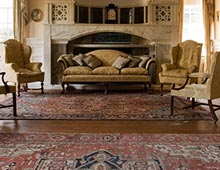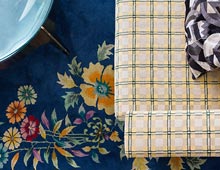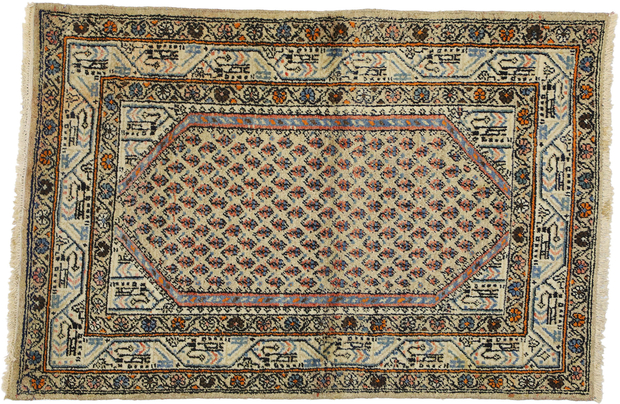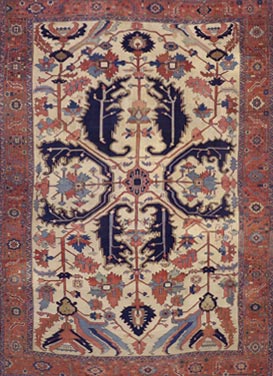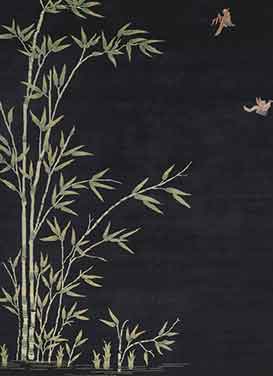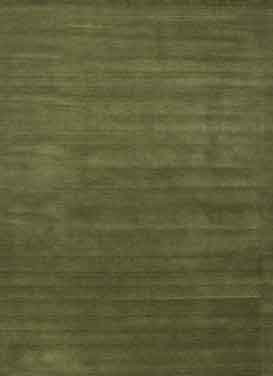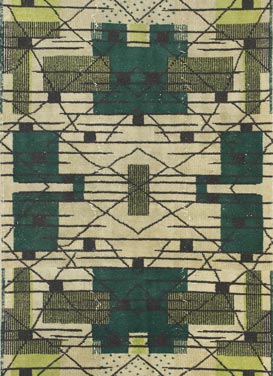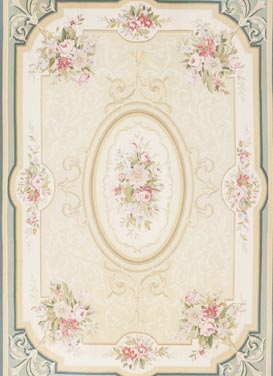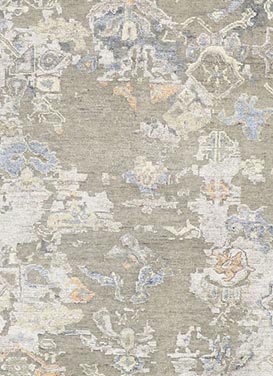- Inquiry
Description
72633 Late 19th Century Antique Persian Saraband Rug, 03'04 x 04'10.
Woven in the western reaches of Iran’s Lorestan province, this hand knotted wool Late 19th Century antique Persian Saraband rug is a lyrical expression of rhythm and repetition, where each knot echoes the patient hands of its weaver. At the heart of the composition lies an allover field adorned with rows upon rows of boteh motifs—flame-like teardrops said to symbolize the seed of life or the eternal flame of Zoroastrian origin. Arranged in diagonal cadence, these botehs dance in harmonious procession across a warm beige ground, their orange, red, and blue hues imparting a gentle yet enduring vitality. The effect is meditative and mesmerizing, an optical chant of continuity and quiet power.
Framing this field is a rare architectural device: corner spandrels that mirror the dynamic geometry of the surrounding Shekeri border. These spandrels—each a stylized echo of the main border—create an internal framing effect, enhancing the sense of symmetry and contained energy within the boteh-filled expanse. Their stepped outlines and angular forms reference an ancestral visual language, where geometry becomes a metaphor for order and spiritual reflection. The corners act almost as visual anchors, drawing the eye outward while keeping the viewer tethered to the central pulse of the pattern.
The Shekeri border itself, a hallmark of fine Saraband weaving, envelopes the Persian rug with intricate, angular vine scrolls that form a continuous chain of tribal stylization. Within these vines, stylized floral devices—reminiscent of blossom buds and ram’s horn abstractions—offer a coded lexicon of fertility and fortitude. Flanking this main border are two delicate guard bands, each threaded with carnation meanders. These narrow bands, subtle in scale yet rich in symbolism, represent the continuity of life and beauty, their blossoms wandering endlessly like whispered verses around the rug’s perimeter.
With its finely knotted wool construction, visible from the crisp backside, and its balanced interplay of muted pastels and rich accent tones, this rug reveals the enduring artistry of the Saraband tradition. Woven in the late 19th century, it speaks in the dialect of durability, devotion, and design. This woven manuscript is not only a relic of Persian textile heritage but also a perfect companion for the contemplative interior—where stories of past hands, sacred motifs, and poetic repetition enrich the present with layers of timeless beauty.
- Abrash.
- Hand-knotted wool.
- Made in Iran (Persia).
- Measures: 03'04 x 04'10.
- Date: 1890's. Late 19th Century.



